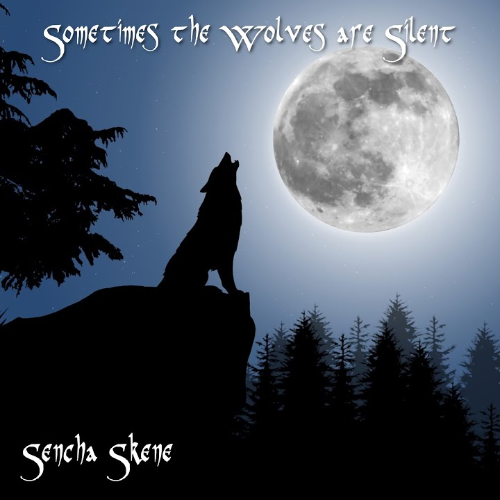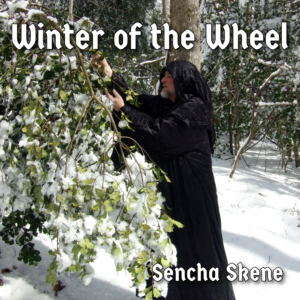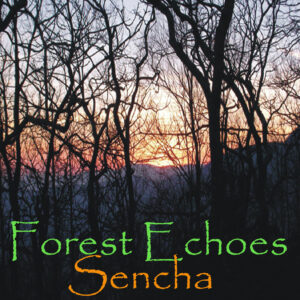Description
Tracks on Sometimes the Wolves are Silent:
1. Sometimes the Wolves are Silent
I first saw the line, “Sometimes the wolves are silent and the moon howls” on a bathroom wall after playing a gig at a pub near Clemson University. At the time I didn’t know it was a George Carlin quote. The line germinated in my subconscious for a few decades as I pondered its meaning. The wolves may be silent, but their presence is palpable, representing the raw, untamed forces of nature that we often ignore. This song is about how we worship material goods more than the spirit, and what happens when we fall prey to the trinkets and the baubles.
2. Poetic Justice
This song was written in the early 1980s when I was having a bit of a rough time. The first two verses are self-indulgent pity, and the last verse is a pep talk, reminding myself and anyone else who’s been there to stand up and take charge of your life.
3. Wrapped Up in Glass
Wrapped Up in Glass shifts the tone of the album into a more introspective space. The lyrics explore themes of vulnerability and fragility, with glass as a metaphor for the delicate balance between inner strength and the possibility of shattering. Imagine walking the parapets of a moonlit castle, dreaming of a lost love that was never meant to be, suspended in a fragile world where everything could break at any moment. The song speaks to the human condition—the way we wrap ourselves in protective layers, trying too hard to guard against the inevitable pain of life, but still remaining transparent enough to let light in.
4. Lady of the Woods
Ironically, this song was written before the Covid19 pandemic, when Trump had just been elected and he and his party were working to take away women’s rights. It’s a ballad about a woman who fled persecution in Europe only to arrive in the New World to face more of the same. After losing everything, she moves to a cabin on a hill and becomes the Lady of the Woods, who makes a living healing those who would condemn her were she to return to society. They meet with her in secret for her herbs and potions, while condemning her in public. If you listen to the wind, you can still hear her song…
5. Shining
In Shining, the album takes a turn towards themes of personal transformation and empowerment. The lyrics speak to the idea of shedding old skins and stepping into one’s true power, much like the Pagan ritual of rebirth. It’s about a person who has lived a life of despair, trying to uplift others who are only interested in material possessions and not in spiritual things. At the end of his life, he steps into another world, where his message will be heeded and embraced. My goal was to remind myself and my audience that even in dark times we can shine, no matter the darkness surrounding us.
6. Womb to Tomb
I wrote this song when I was still in high school, way back in 1975. Womb to Tomb explores the cyclical nature of life, death, and rebirth. The song’s rhythm is slow and steady, like the heartbeat of the earth itself, while the lyrics weave together themes of mortality, ancestry, and the endless cycle of existence. When you find yourself living a life of despair, would you want to return through reincarnation for a chance at a better life, or would you give up instead? This song is my attempt to answer that question for myself.
7. Siannon
Siannon is a sultry ballad that draws on ancient Celtic mythology. The song tells the story of a river goddess named Siannon, whose presence is felt in the waters and the mists. I’ve always been a “river rat,” and river goddesses hold a special place in my heart. In October of 2001, I married my own river goddess, so in some ways this song is a tribute to her. This track invites listeners into a liminal space, where the boundaries between the physical world and the spiritual realms blur. It’s a meditative piece that embraces the sensuality of the waters.
8. Gaia Cries
Gaia Cries is based on the Gaia Hypothesis, which states that the Earth herself is a living organism. She’s always been a lady to us, but we treat her like a whore. The song is a powerful lament for the destruction humans have wrought upon our home planet, yet it’s also a call to action. Gaia Cries is both a protest song and a prayer, pleading with humanity to wake up and protect the sacred earth before it’s too late.
9. Sanculus
This instrumental brings the album to a close. Starting with a simple riff, then building to a crescendo at the end. “Sanculus” is a bad Latin pun roughly translated as “Saint Asshole.” There’s a story behind that, but I’ll leave that up to the listener to figure out.





Reviews
There are no reviews yet.